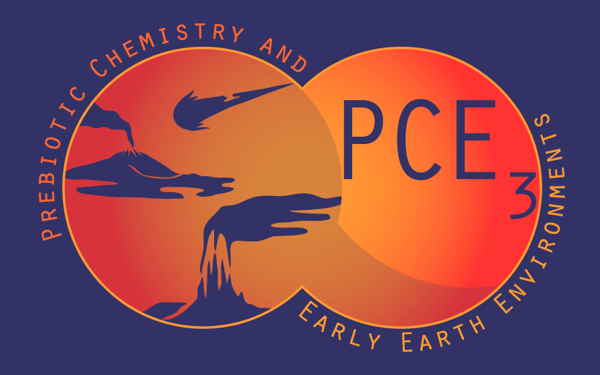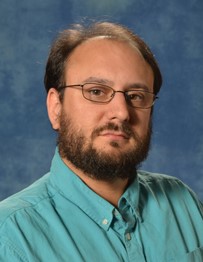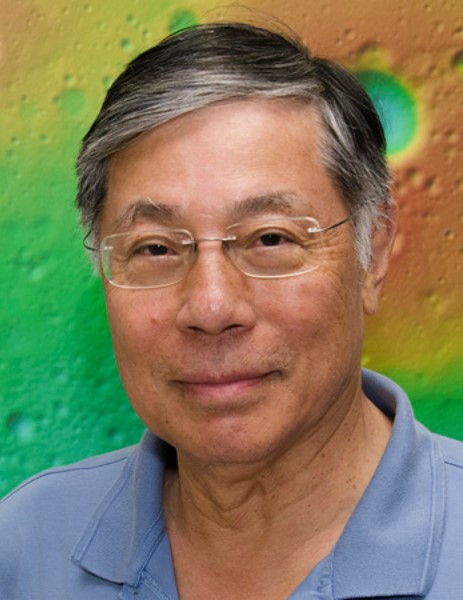Missions & Flight Instruments
A number of missions and flight instruments have a strong astrobiology component and are GSFC-led or have significant GSFC participation. Explore some of these missions and instruments below.
In Operation

Hubble Space Telescope

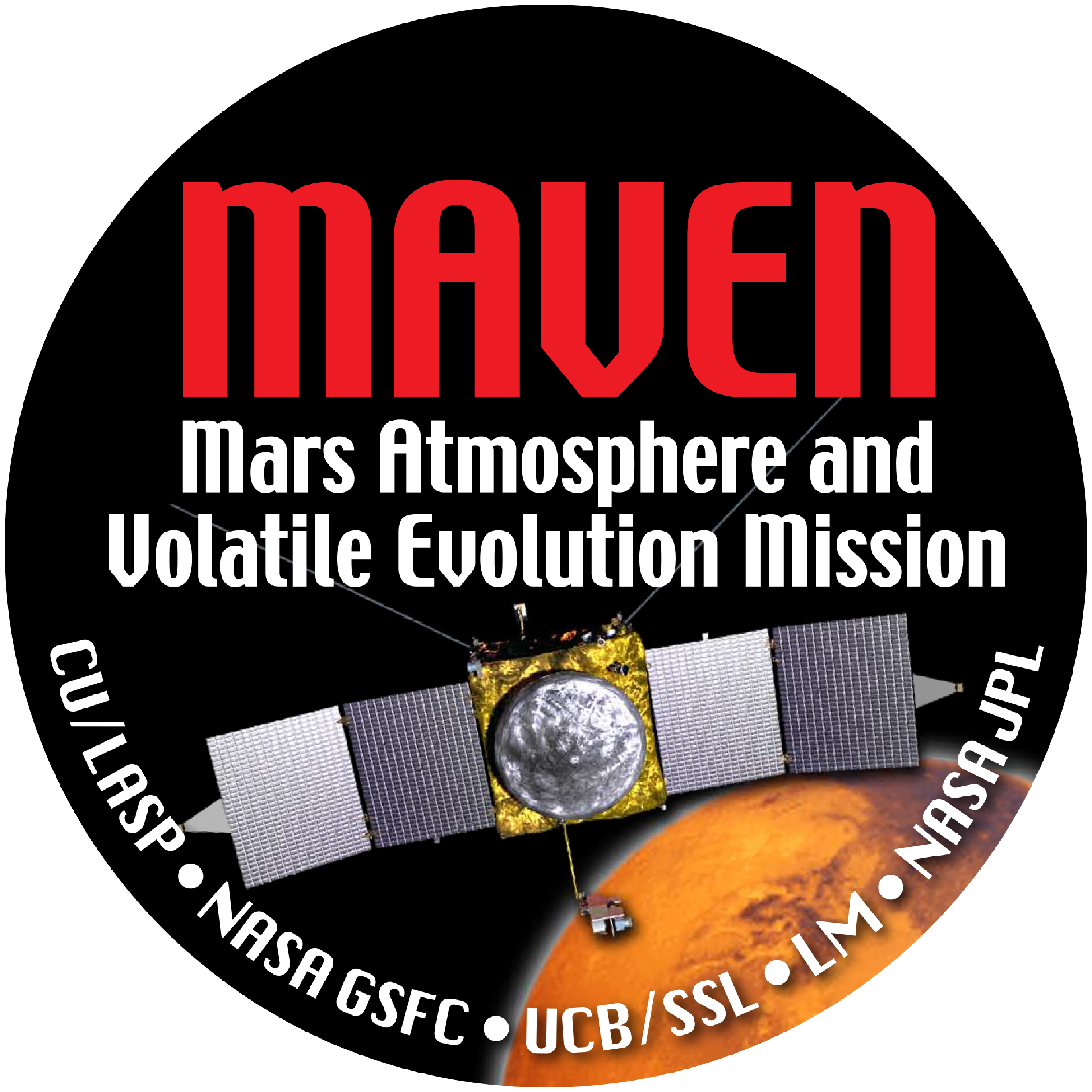
MAVEN
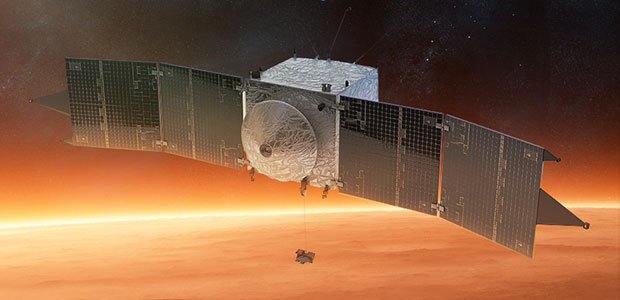
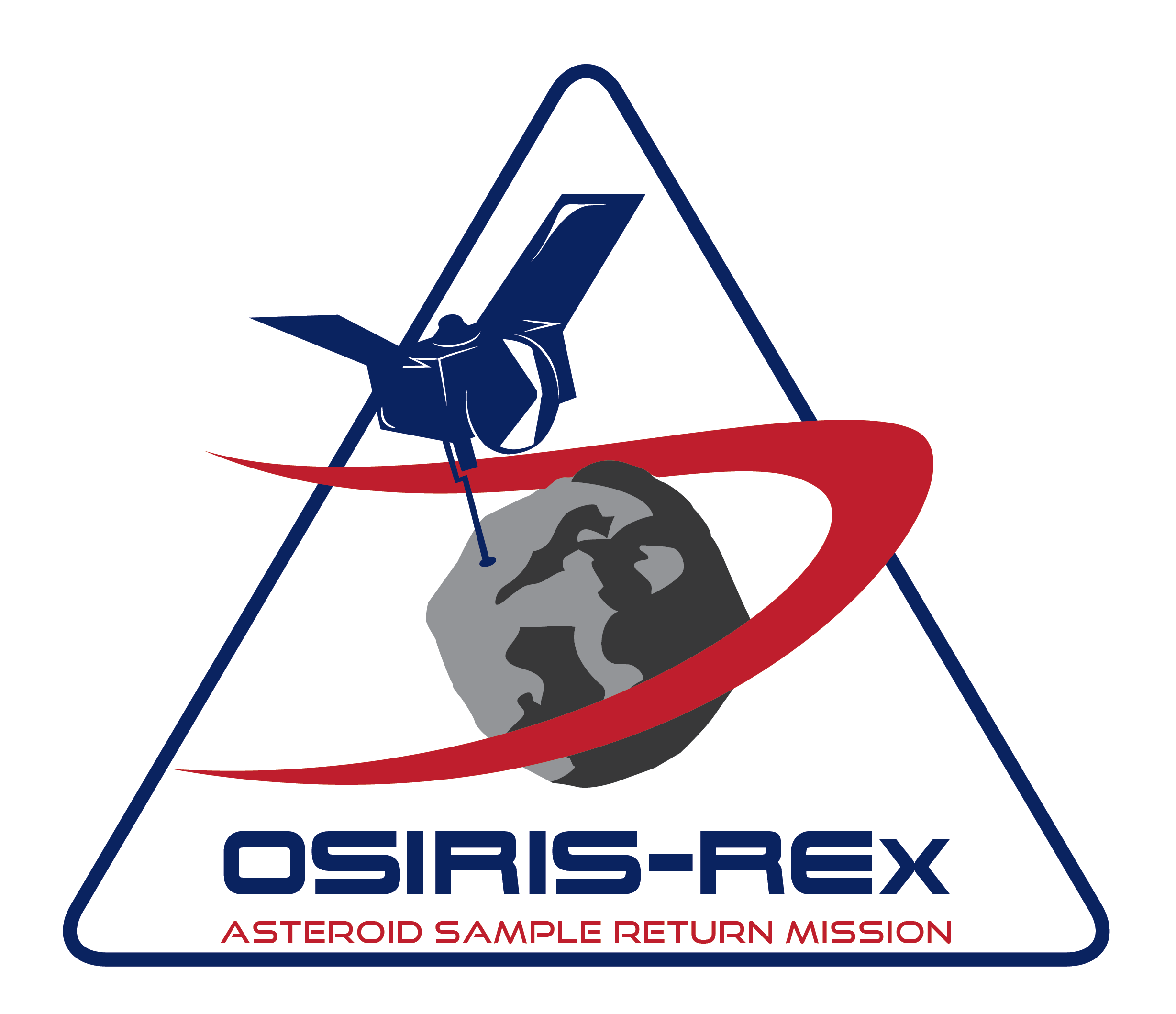
OSIRIS-REx

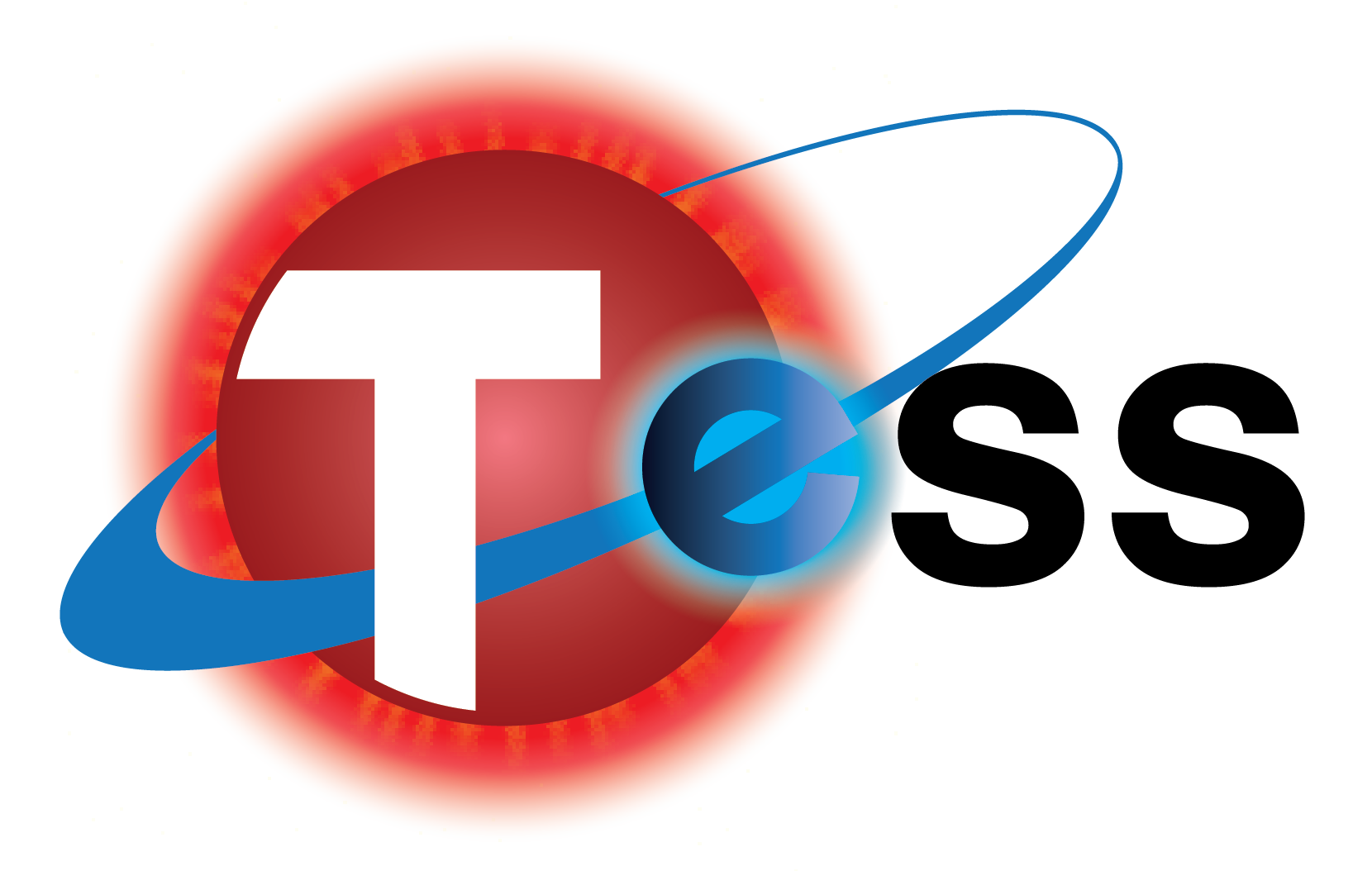
TESS

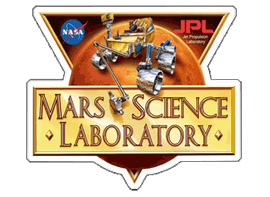
Curiosity


ExoMars Trace Gas Orbiter

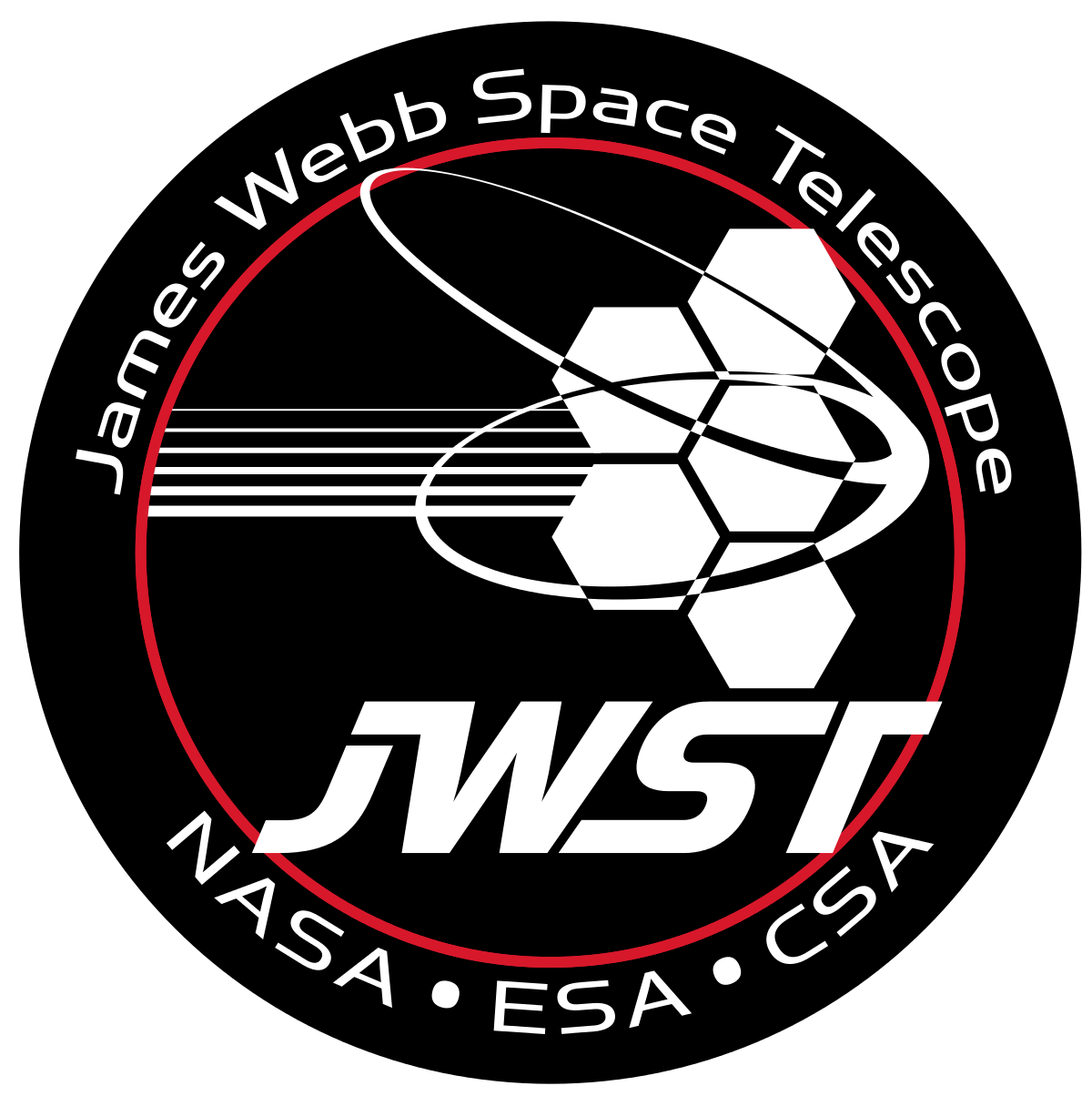
James Webb
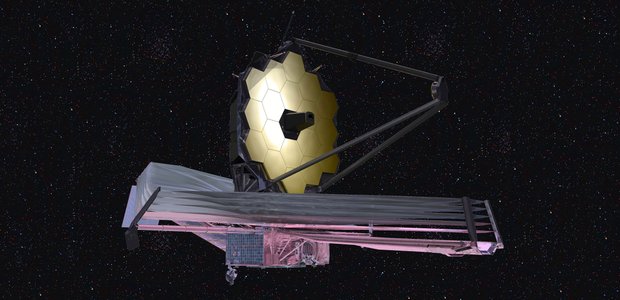
In Development

Roman Space Telescope

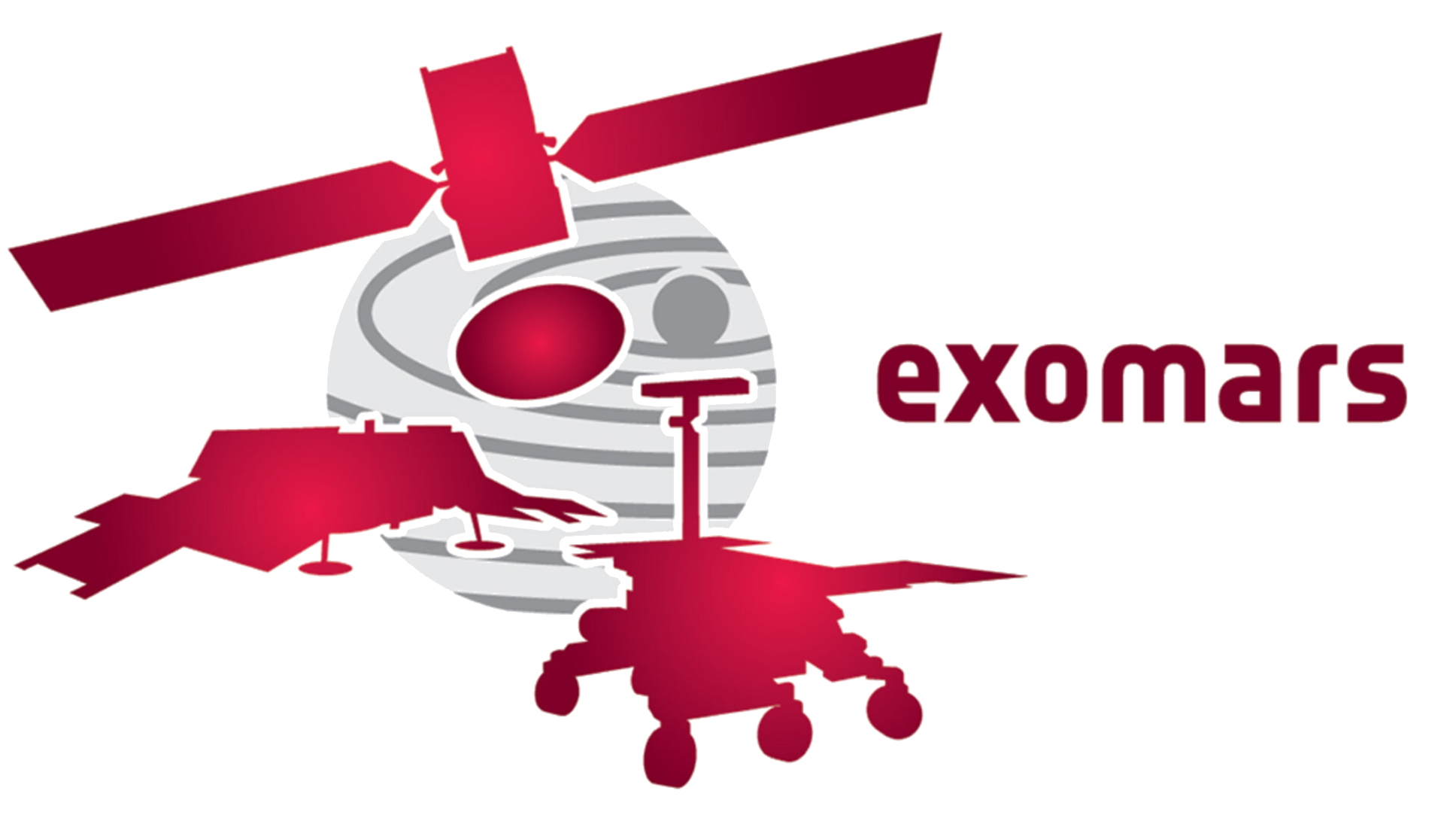
ExoMars
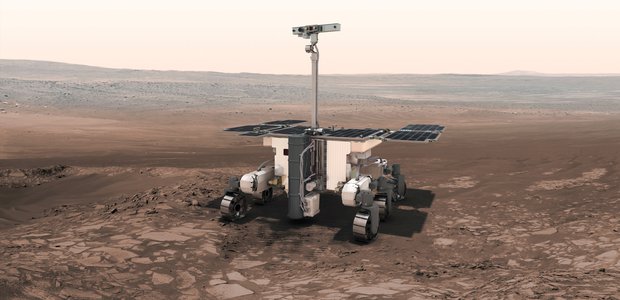

Dragonfly

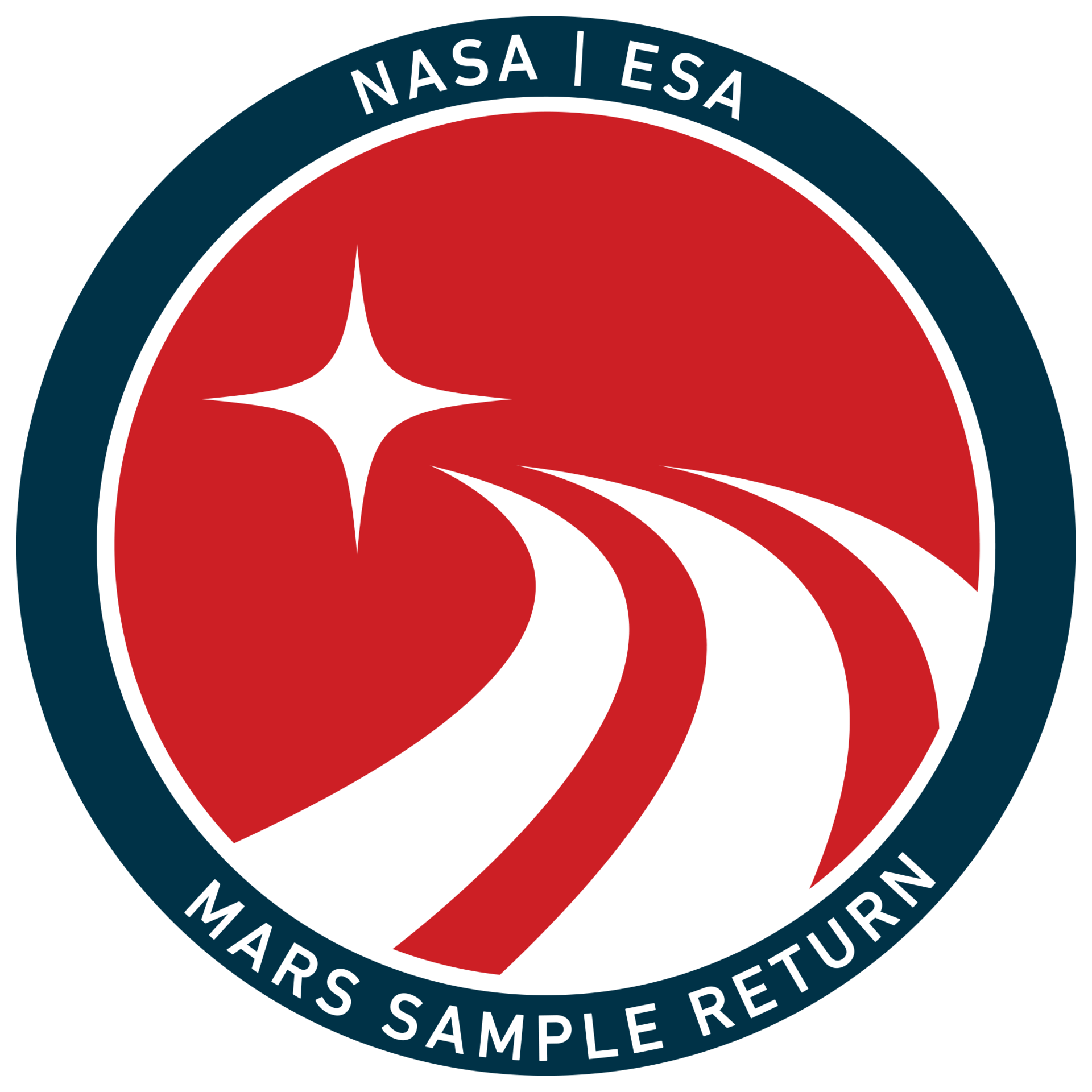
Mars Sample Return
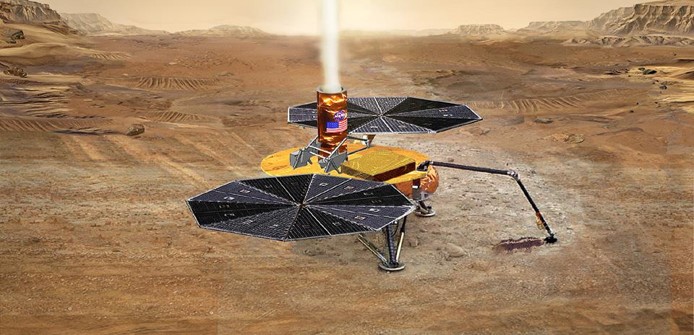

Comet Interceptor
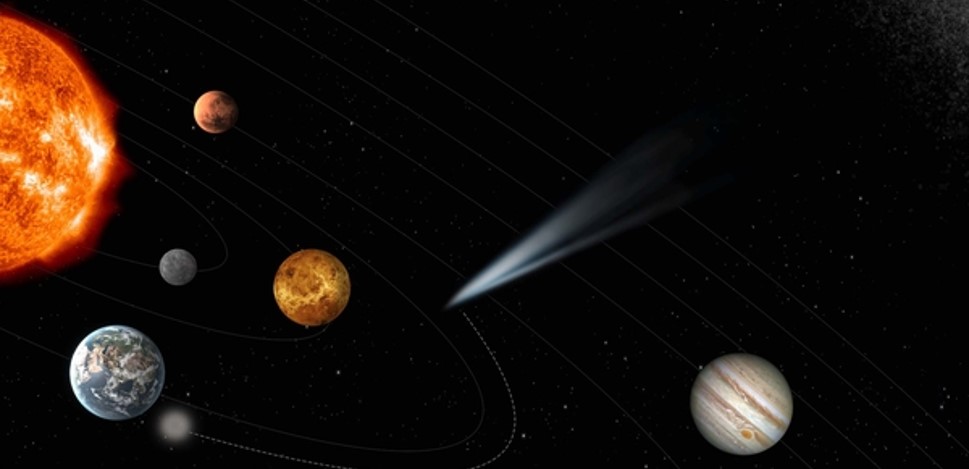
Leadership in Astrobiology Research Coordination Networks
Prebiotic Chemistry and Early Earth Environments Consortium
Nexus for Exoplanet System Science
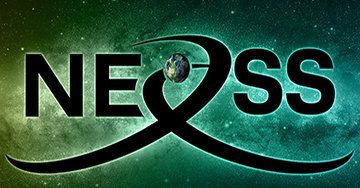
Network for Life Detection
Network for Ocean Worlds

Research Consortia
Goddard Center for Astrobiology (GCA)
GCA, a member of PCE3, uses a combination of laboratory experiments, observations, and models to investigate returned samples and to enable us to learn about abiotic organic chemical evolution and guide the search for biosignatures.

Laboratory for Agnostic Biosignatures (LAB)
LAB, a member of NFoLD, focuses on four features of life that do not presuppose a specific biochemistry, using these concepts to begin to build a framework for looking for life “as we don’t know it.” These features include patterns of surface complexity, elemental accumulation, and evidence of energy transfer.
Investigator

Resolving Orbital and Climate Keys of Earth and Extraterrestrial Environments with Dynamics (ROCKE-3D)
ROCKE-3D, a member of NExSS, simulates the past climates of Earth, other rocky Solar System planets, and theorized exoplanets to broaden our understanding of planetary habitability, to use similar simulations to assess the habitability of rocky exoplanets, and to produce synthetic disk-integrated spectra and phase curves of these planets.

Virtual Planetary Laboratory (VPL)
VPL, a member of NExSS, develops and combines scientific models from many disciplines to constrain habitability for newly discovered worlds.
Investigator

Sellers Exoplanet Environments Collaboration (SEEC)
SEEC, a member of NExSS, studies the broad diversity of exoplanet atmospheres and climate by generalizing atmosphere and solar wind models and radiative transfer schemes to simulate a wide range of planetary conditions, as well as work on improved simulations and analysis of future observations of exoplanets to better understand what we can learn about the diversity of planetary properties across space and time.
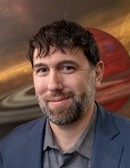
Ocean Worlds Science Exploration and Analogs (OSEAN) Task Group
OSEAN is dedicated to the development of investigations in support of enabling high-priority science related to ocean worlds. Our STG team members are advocates and progenitors of new avenues of scientific inquiry enabled by the rapidly advancing exploration of these astrobiologically relevant objects.

Follow NASA Astrobiology on social media
 NasaAstrobiology
NasaAstrobiology
 @NASAAstrobio
@NASAAstrobio

